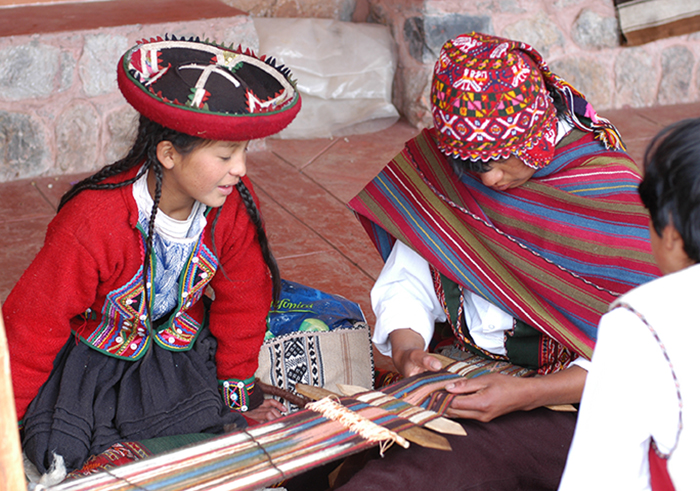What comes to mind when you hear the word “folklore”? Perhaps images of people wearing traditional clothing from an era long passed, or an old legend your grandfather told you as a small child. These ideas aren’t wrong, but they represent only a small fraction of folklore, the traditional customs and knowledge of cultures around the world. A common misconception is that it is used solely in reference to relics of the past. On the contrary, folklore is as alive as you and I.
Beginning this week, students across the globe will have the opportunity to explore the world of folklore for themselves. These participants in the second annual Global Folklorist Challenge will research, document, and present the unique cultures and traditions that make up their communities and neighborhoods by creating short videos. The challenge is a collaboration between the Smithsonian Center for Folklife and Cultural Heritage and ePals, a “community of collaborative classrooms engaged in cross-cultural exchanges.” We encourage students ages eight to eighteen to engage with their communities by identifying and interviewing local tradition bearers, experts on a particular tradition such as music, dance, food, craft, etc.
Last year, students from China, India, Canada, Italy, Hungary, Turkey, and the United States submitted videos for the challenge. Of the ninety-three participants, thirteen won prizes, and everyone got the chance to connect with professional folklorists at the Smithsonian.

Along the way, we provide learning resources for the students, including the Folklorist Fieldwork Notebook. This helpful guide lays out the four basic steps of fieldwork: research, document, interpret, present. Once students have selected a tradition bearer, we encourage them to use the fieldwork notebook as an organizational tool and to exercise their own creativity in making the video. See the complete list of submission requirements online.
The challenge begins September 21, and the submission deadline is November 30. Six winners will be announced on December 18, and those winners will then be finalists in the ePals Choice Awards. Anyone is welcome to vote online for their favorite finalists between December 18 and January 3. Prizes for the winners a digital camera, a Smithsonian Folkways Recordings CD set, and a Field Notes prize pack—complete with supplies used by expert folklorists.
If you are a parent, an educator, or a young student, we look forward to your involvement in the Global Folklorist Challenge. There is nothing more exciting than the varied people surrounding us and the cultures that shape who we are—except for passing that excitement onto the next generation.
For more information, see the challenge’s website.
Sylvie Wise is an education intern at the Center for Folklife and Cultural Heritage. She is a junior at Smith College studying anthropology and landscape studies. She is looking forward to conducting and documenting her own interview along with challenge participants using the same guidelines.


